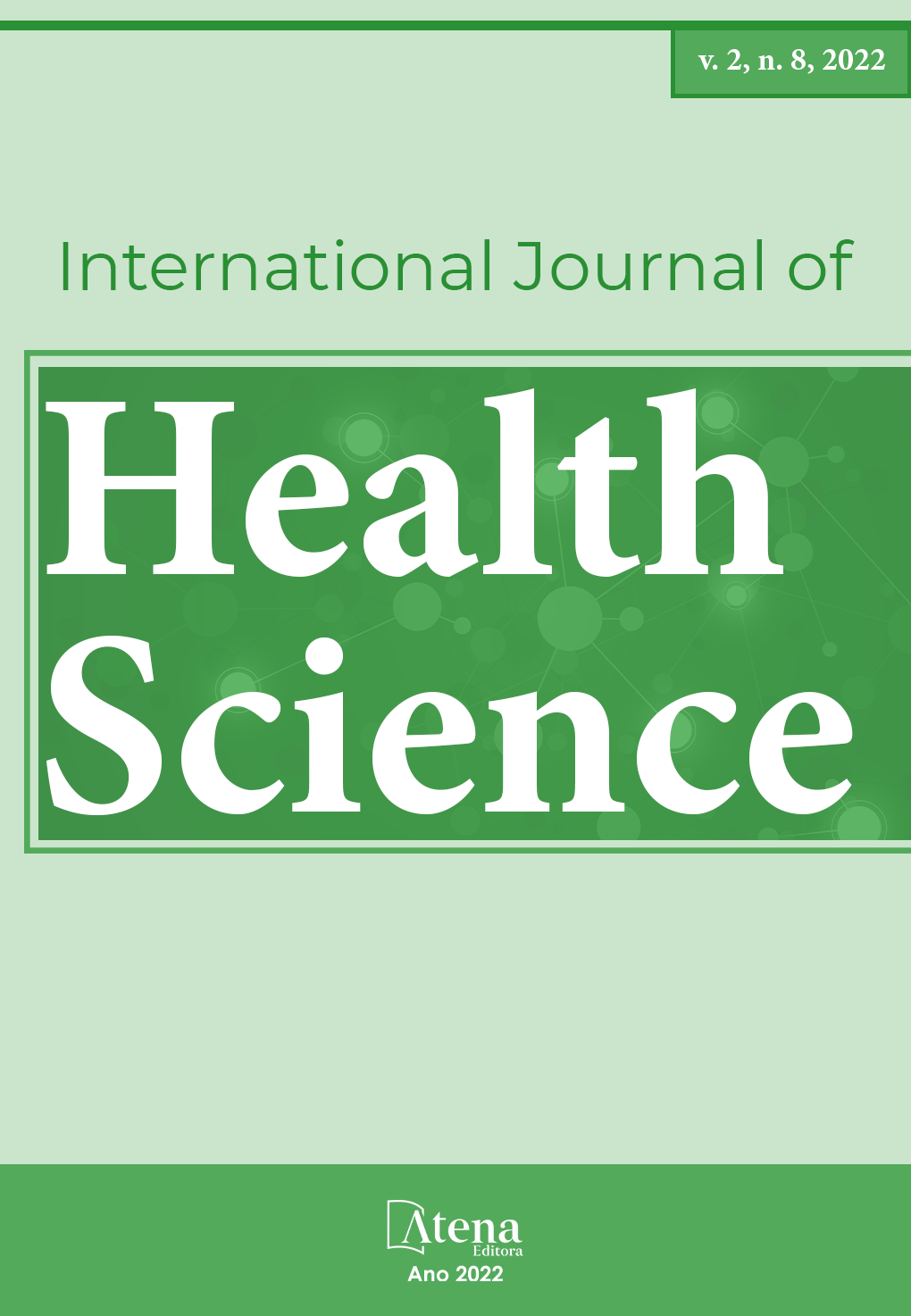
KNOWLEDGE OF THE PRACTICE OF USE AND CARE OF CONTACT LENSES OF MEDICAL STUDENTS
Goal: To evaluate the handling and maintenance of contact lenses by medical students. Methods: Descriptive and cross-sectional study based on the application of a questionnaire composed of objective questions addressing various criteria for the use of contact lenses. Results: A sample of 82 students was obtained, predominantly female (62%). Almost half of the students stated that they correctly replaced the LC, but 77% and 60% claimed to sleep and swim with these artifacts, respectively. The frequency of changing the kit that prevailed was the quarterly option (44.4%) and the predominance of boiling this utensil was weekly (9.8%). Complications were reported by the minority and only half of users claimed to have received information about the use and maintenance of contact lenses. Conclusion: Half of the respondents used contact lenses according to the manufacturer's guidelines, resulting in fewer eye complications. These data can be explained by the fact that the interviewees are health students and, consequently, are more informed about the possible risks arising from the incorrect use of these utensils.
KNOWLEDGE OF THE PRACTICE OF USE AND CARE OF CONTACT LENSES OF MEDICAL STUDENTS
-
DOI: 10.22533/at.ed.159282214022
-
Palavras-chave: Contact lenses, Preventive maintenance, Eye infections, Medical students.
-
Keywords: Contact lenses, Preventive maintenance, Eye infections, Medical students.
-
Abstract:
Goal: To evaluate the handling and maintenance of contact lenses by medical students. Methods: Descriptive and cross-sectional study based on the application of a questionnaire composed of objective questions addressing various criteria for the use of contact lenses. Results: A sample of 82 students was obtained, predominantly female (62%). Almost half of the students stated that they correctly replaced the LC, but 77% and 60% claimed to sleep and swim with these artifacts, respectively. The frequency of changing the kit that prevailed was the quarterly option (44.4%) and the predominance of boiling this utensil was weekly (9.8%). Complications were reported by the minority and only half of users claimed to have received information about the use and maintenance of contact lenses. Conclusion: Half of the respondents used contact lenses according to the manufacturer's guidelines, resulting in fewer eye complications. These data can be explained by the fact that the interviewees are health students and, consequently, are more informed about the possible risks arising from the incorrect use of these utensils.
-
Número de páginas: 14
- Gabriela Curceli Figueiredo
- Rafael Tristão
- Victor Sandi Mori Salvador
- Lúcia Mara Lopes Cursino
- Claudio Antonio Stefani Junior
- Tatiane Iembo


